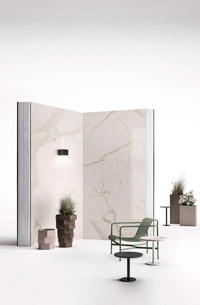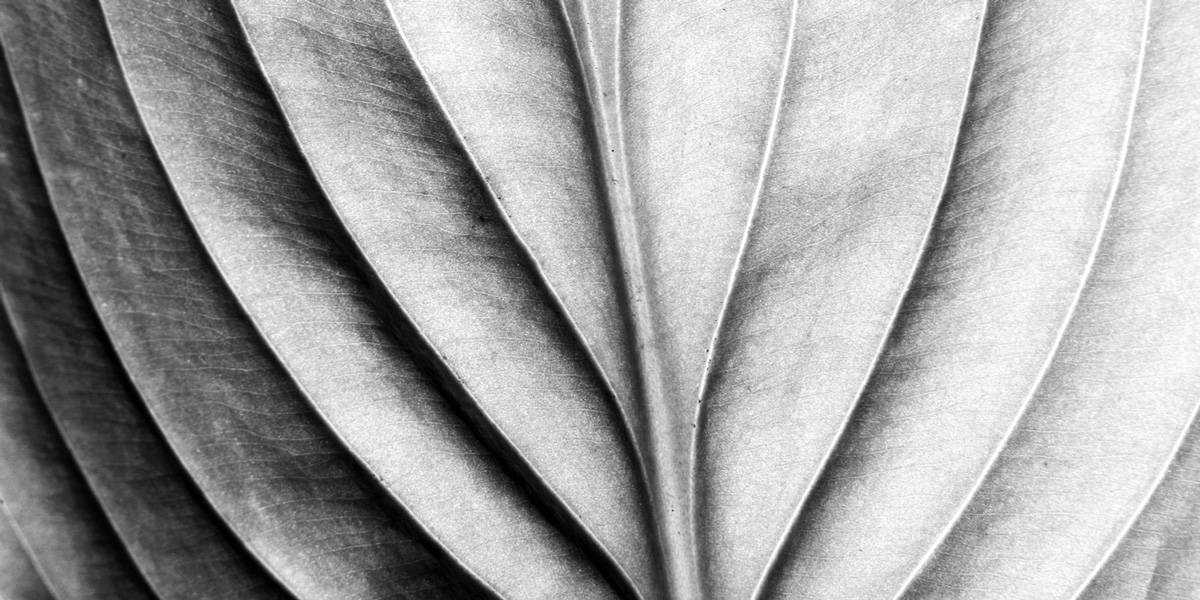LEED criteria were established to achieve the following goals:
- Definition of the concept of the "green building" and establishment of a common yardstick
- Promotion of integrated design practices for the whole building
- Recognising leaders in environmental awareness in the construction industry
- Encouraging competition in the development of green designs, materials and building methods
- Promoting awareness of the benefits of "green building"
- Transforming the construction market
- Achieving the highest possible profitability in ecological designs
- Meeting all legal requirements for the construction industry while making the greatest possible profit
In Italy, LEED is a voluntary system based on consensus in the design, construction and management of high performance environmentally sustainable buildings which is becoming increasingly popular internationally; it may be applied to buildings of all kinds and promotes integrated design of the building as a whole.
In the US, on the other hand, the system is based on awarding credits for each of the requirements characterising sustainable buildings: by adding together credits earned in each of the six categories, a building project obtains a specific level of certification attesting to its environmental performance.
The United States Green Building Council (USGBC), an independent organization generally accepted as the leading source of green building standards, sponsors the Leadership in Energy and Environmental Design (LEED) program. LEED recommends standard environmental guidelines for sustainable building projects.
Fiandre is a member of the USGBC.
LEED, like all components of the world’s environmental efforts, is continually evolving. While LEED does not certify materials, Fiandre materials can help buildings quality for LEED credits in the following areas:
Materials & Resources: Credits 5.1 and 5.2
(Regional materials 10% and 20%)
Materials from our Tennessee production facility qualify for this credit if used in projects within 500 miles of Cumberland County, Tennessee. Our American manufacturing facility is located within 500 miles of major markets for LEED projects. In addition, the factory has been built nearby its major extraction sources for raw materials, which are also within a 500-mile distance to major LEED building markets.
Credit intent: Increase demand for building materials and products that are extracted and manufactured within the region, thereby supporting the use of indigenous resources and reducing the environmental impacts resulting from transportation.
Materials & Resources: Credits 2.1 and 2.2
(Construction wastes management 50% and 75%)
Construction wastes may be diverted from disposal in landfills to be recycled/reused in alternative construction materials.
Credit intent:: Divert at least 50% of construction, demolition and land-clearing debris from disposal in landfills and incinerators. Redirect recyclable recovered resources back to the manufacturing process. Redirect reusable materials to the appropriate sites.
Indoor Environmental Quality: Credit 4.1
(Low-Emitting materials)
Porcelain tile installations require proper adhesives, installation setting systems, and grouts that are now manufactured to meet or exceed the requirements of this credit. Therefore, an installed GranitiFiandre Porcelain Slabs system may contribute to the earning of this credit.
Additional LEED Credit Potential
Other LEED programs such as Schools or Existing Buildings may include IEQ points where using the tile itself could contribute and not just in a system. Our Porcelain Slabs is fired to very high temperatures; therefore, it has no ability to contain or emit VOC’s. If information is needed relative to these credits, we will conduct testing as needed (testing will be conducted on a request basis as the requirements and test methods are not always the same within the LEED documents for this type of information).
Credit intent: Reduce the quantity of indoor air contaminants that are odorous, irritating, and/or harmful to the comfort and well-being of installers and occupants.
Our ventilated façade/Rain Screen System can contribute credits to LEED certification in New Construction and Existing Buildings in the areas of Energy Savings, Interior Air Quality, and Innovation in Design.



 Italiano
Italiano  English
English  Deutsch
Deutsch  Français
Français  Español
Español 

